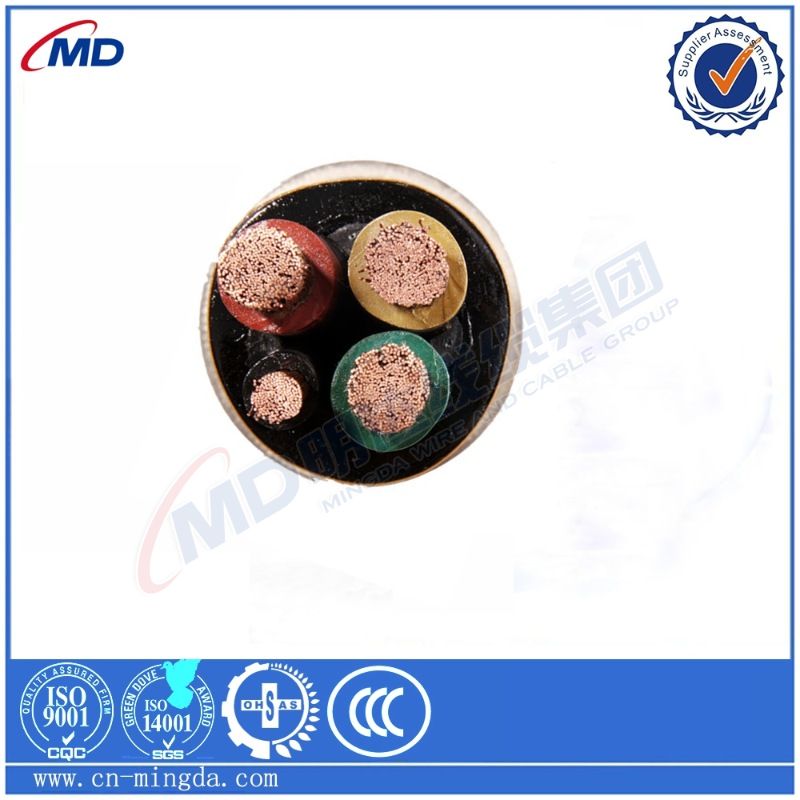දෙසැ. . 13, 2024 07:28 Back to list
ball check valve
Understanding the Ball Check Valve An Essential Component in Fluid Systems
The ball check valve is a crucial element in fluid control systems, widely used in various industries, including water treatment, sewage management, and oil and gas. This simple yet effective device ensures unidirectional flow, preventing backflow and maintaining system integrity. In this article, we will explore the mechanics, advantages, applications, and maintenance of ball check valves.
Mechanics of Ball Check Valves
A ball check valve consists of a spherical ball seated within a cylindrical body. This ball acts as a closure mechanism that responds to pressure changes in the system. When fluid flows in the designated forward direction, the ball is pushed away from its seat, allowing fluid to pass through. Conversely, when the flow attempts to reverse, the ball is forced against its seat, creating a tight seal that prevents backflow.
The simplicity of this design makes ball check valves versatile and reliable. They can be installed in various orientations and are often crafted from durable materials such as stainless steel, plastic, or bronze, depending on the specific application and the nature of the fluid being transported.
Advantages of Ball Check Valves
1. Effective Backflow Prevention The primary function of a ball check valve is to prevent backflow, which is essential for protecting equipment and ensuring operational efficiency.
2. Minimal Maintenance Ball check valves typically require little maintenance compared to other types of check valves. Their simple design means fewer moving parts, reducing the likelihood of failure.
3. Versatility These valves can handle a wide range of fluids, including water, oil, and chemicals. Their adaptability makes them suitable for numerous applications.
4. High Flow Capacity The unobstructed flow path of a ball check valve allows for higher flow rates without significant pressure drop. This characteristic is particularly beneficial in systems where large volumes of fluid must be moved quickly.
Applications of Ball Check Valves
Ball check valves find applications across various sectors. Some common uses include
ball check valve

- Water and Wastewater Treatment In municipal and industrial wastewater systems, ball check valves help prevent sewer gases and contaminated water from flowing back into clean water supplies.
- Pumps and Pressure Systems These valves are vital components in pumping stations where they prevent reverse flow and potential damage to pumps.
- Irrigation Systems In agricultural applications, ball check valves ensure that irrigation lines function correctly, preventing water from draining back into the source.
- Oil and Gas In the oil and gas industry, these valves are used in pipelines and refineries to manage flow and prevent leaks.
Maintenance Considerations
While ball check valves are low-maintenance devices, regular inspections are essential to ensure they function optimally. Here are a few maintenance tips
- Periodic Inspection Regularly check the valve for signs of wear or damage, especially in high-pressure systems.
- Cleaning Depending on the fluid type and the environment, build-up may occur. Clean the valve occasionally to maintain flow efficiency.
- Proper Installation Ensure that the valve is installed correctly, with the flow direction clearly marked. Incorrect installation may lead to system failures.
- Replace When Necessary If the ball check valve shows signs of irreversible damage or fails to seal correctly, replacement is necessary to avoid system malfunctions.
Conclusion
Ball check valves are indispensable tools in fluid management systems, offering reliable protection against backflow while maintaining high flow rates. Their simple mechanical design, paired with minimal maintenance needs, makes them an attractive option for a variety of industries. Understanding how these valves work and their applications will help engineers and facility managers ensure their systems operate smoothly and efficiently. As demand for reliable fluid management continues to grow, the role of ball check valves will be increasingly prominent in the design and operation of fluid systems.
Share
-
Reliable Wafer Type Butterfly Valves for Every IndustryNewsJul.25,2025
-
Reliable Flow Control Begins with the Right Ball Check ValveNewsJul.25,2025
-
Precision Flow Control Starts with Quality ValvesNewsJul.25,2025
-
Industrial Flow Control ReliabilityNewsJul.25,2025
-
Engineered for Efficiency Gate Valves That Power Industrial PerformanceNewsJul.25,2025
-
Empowering Infrastructure Through Quality ManufacturingNewsJul.25,2025